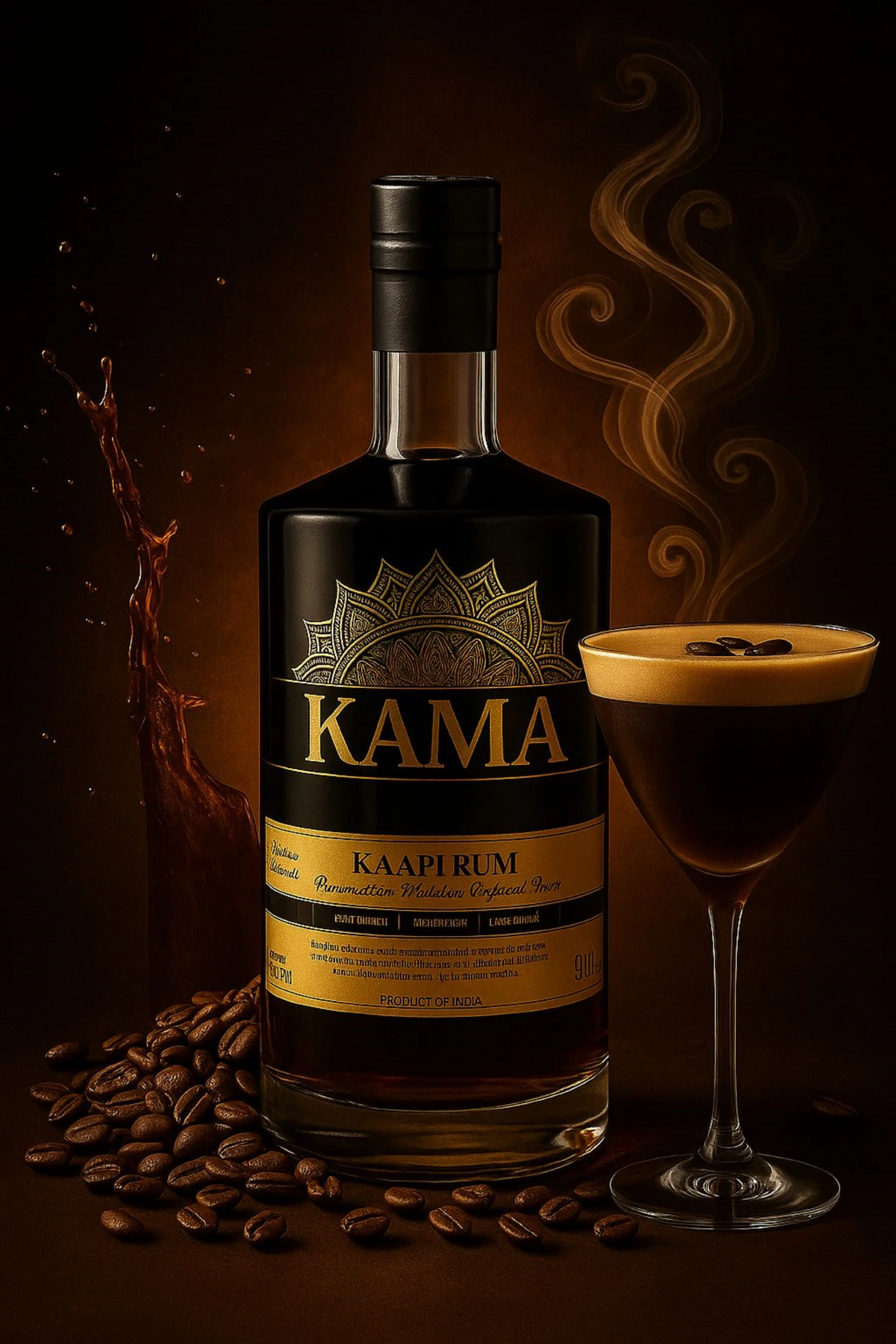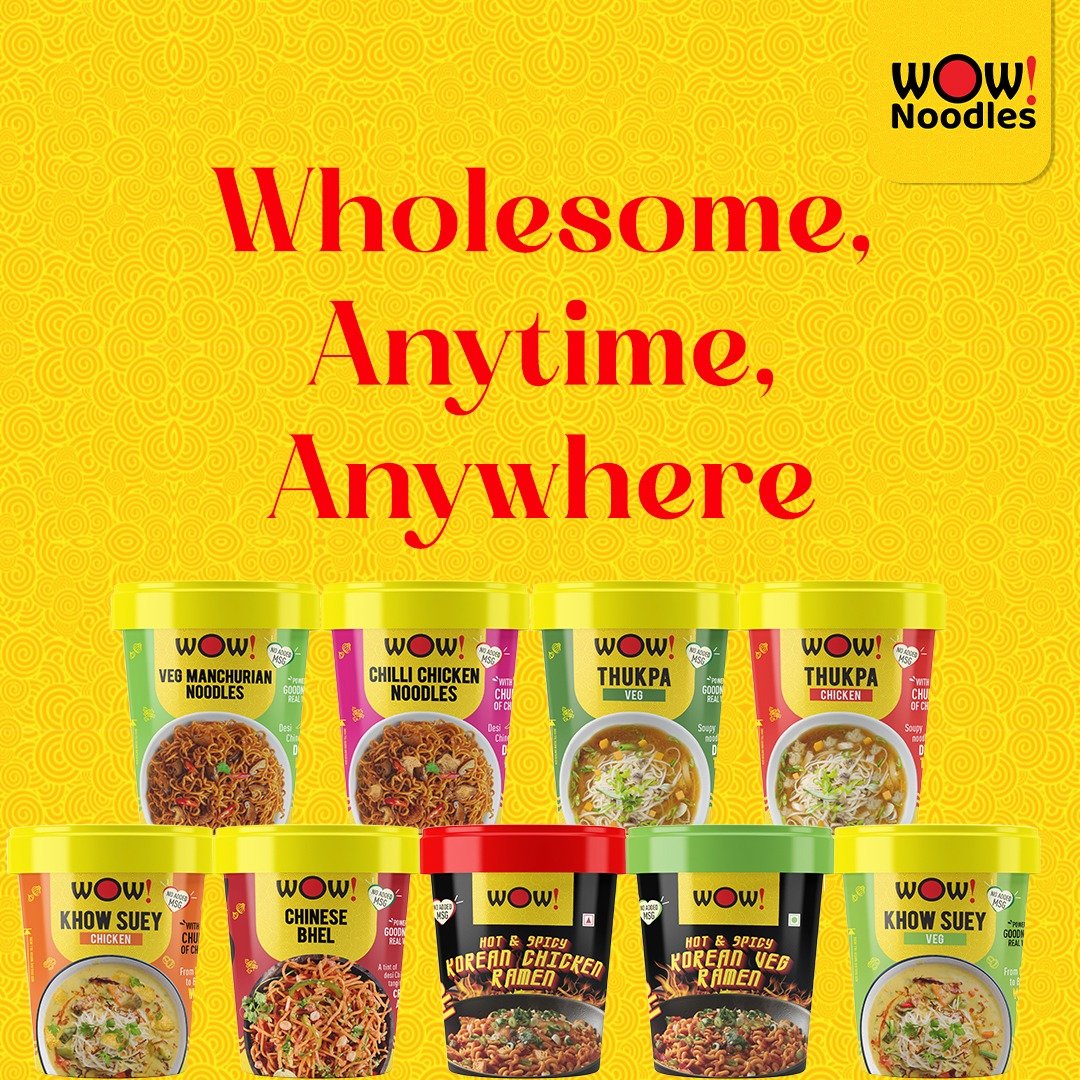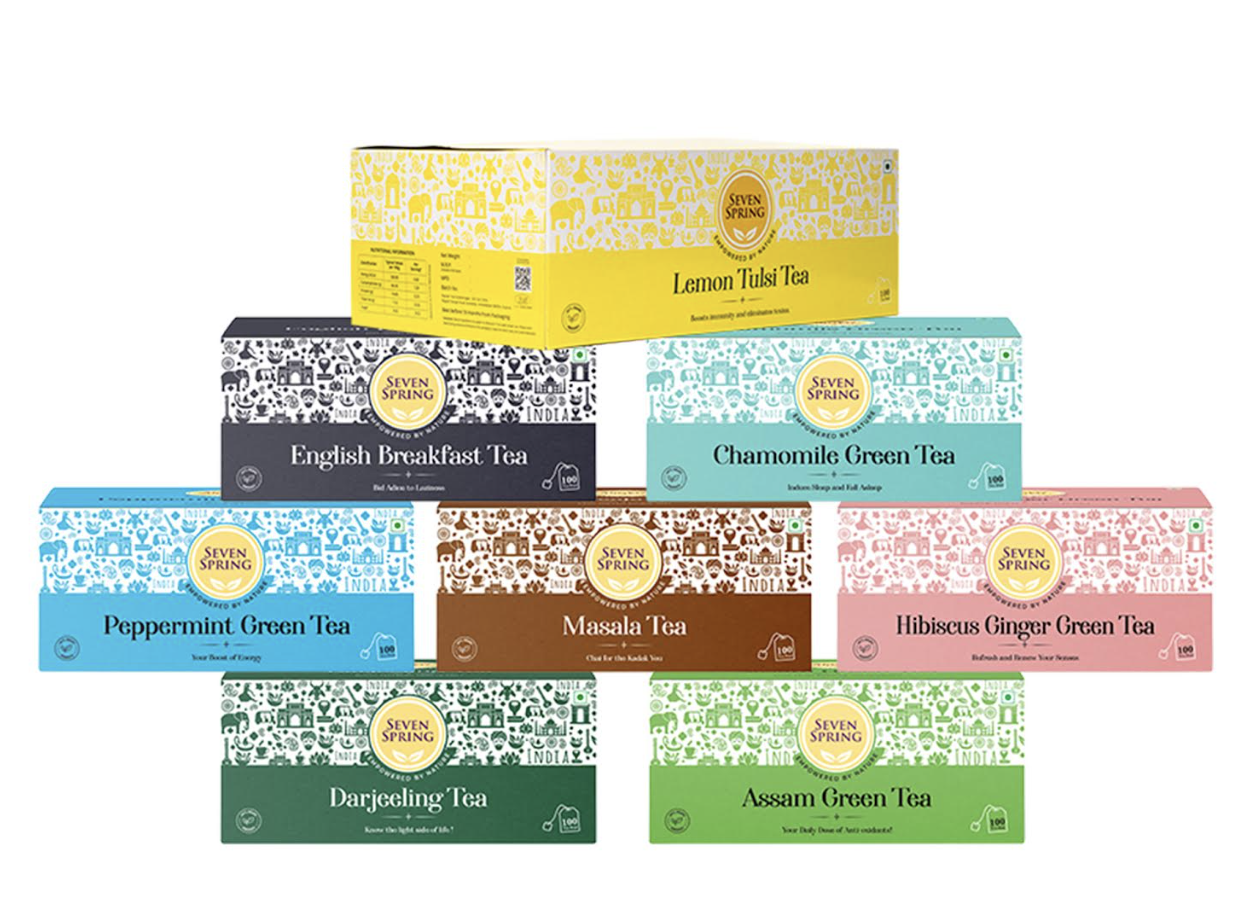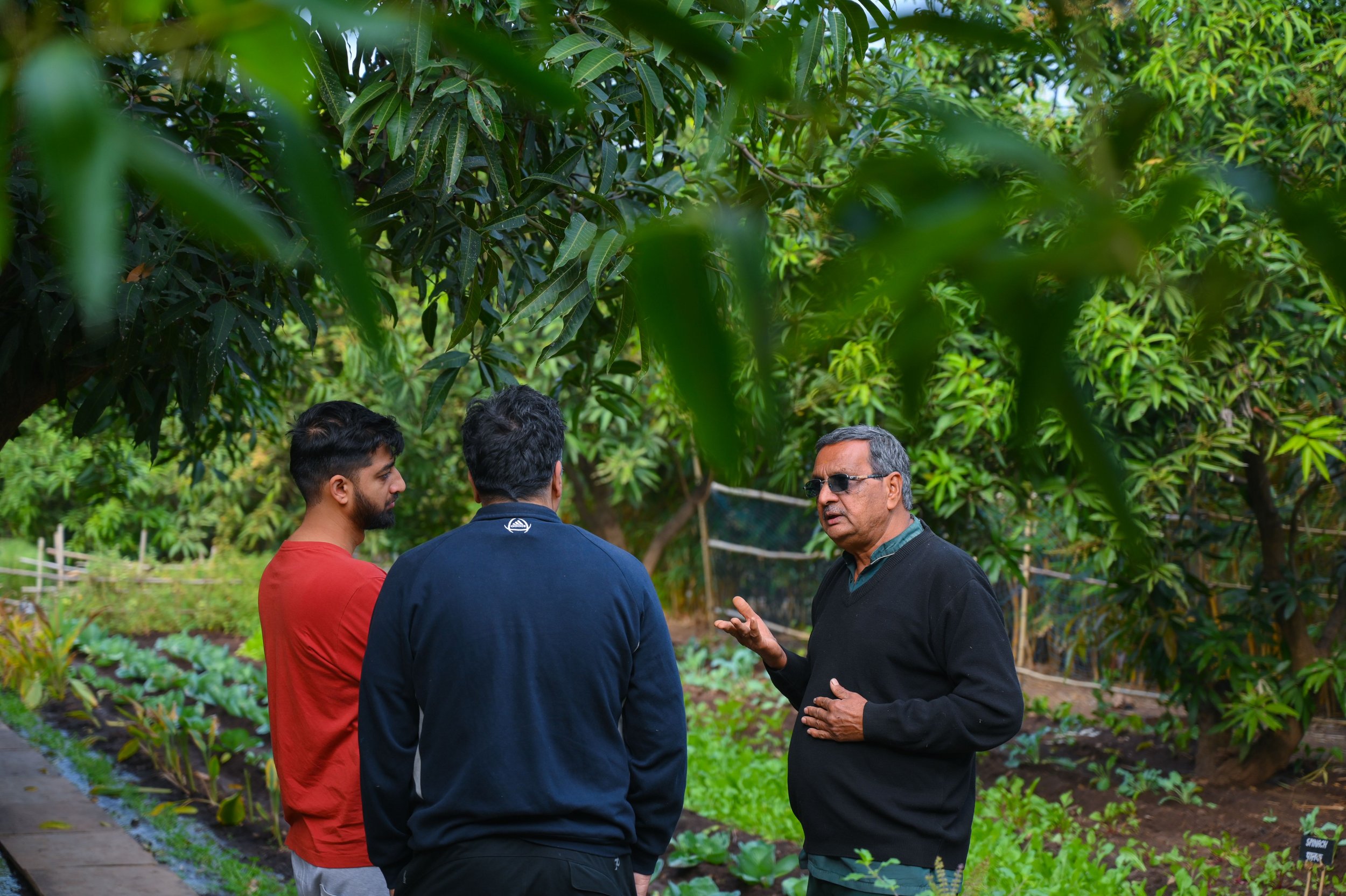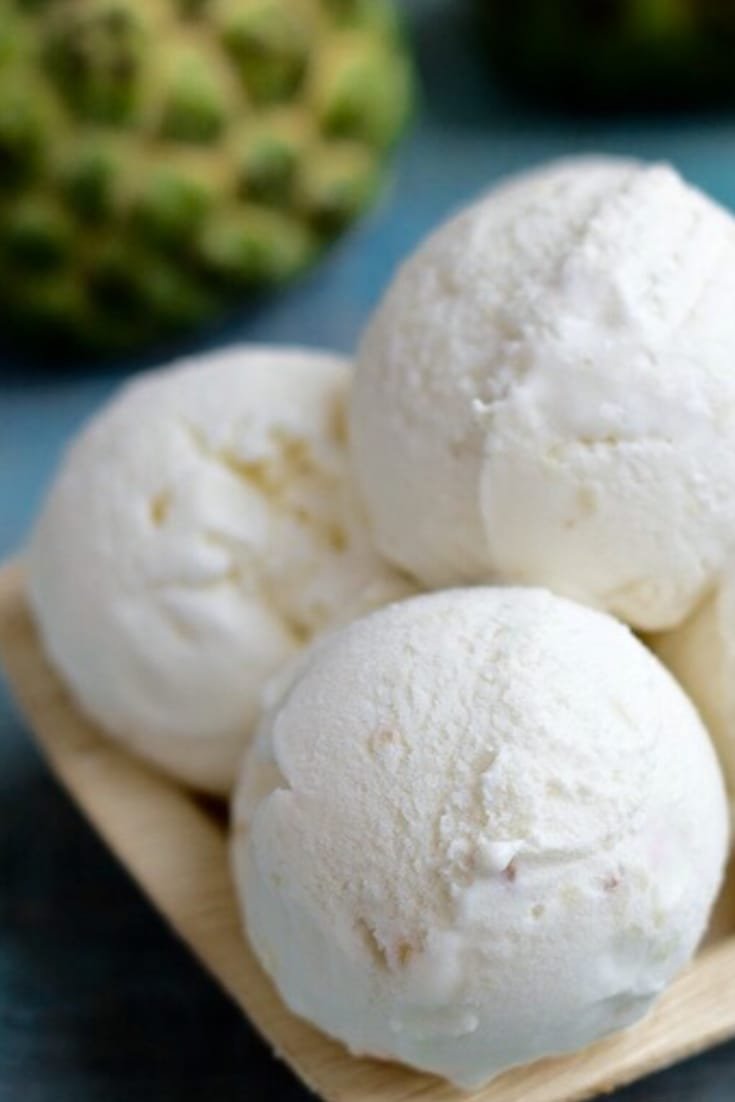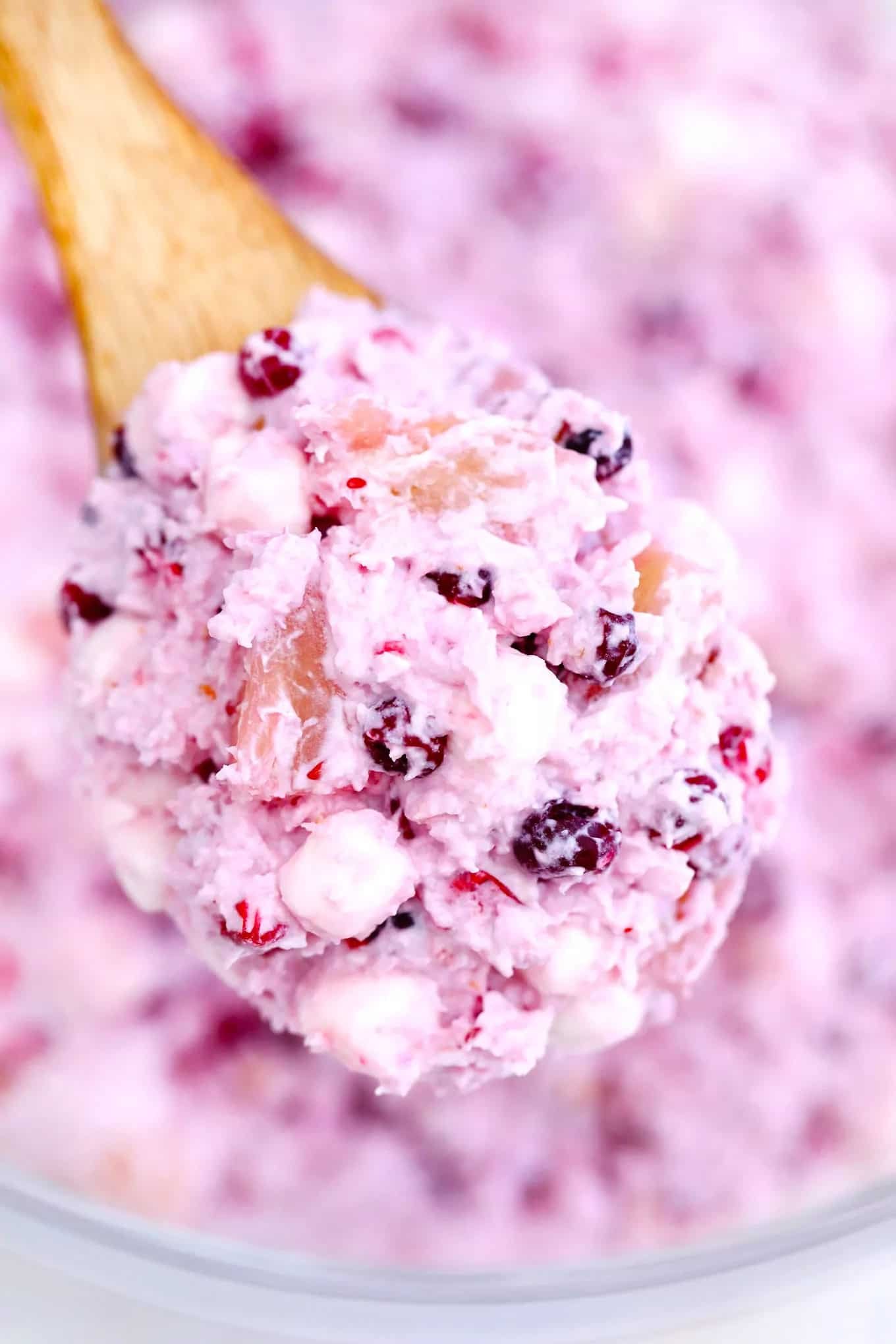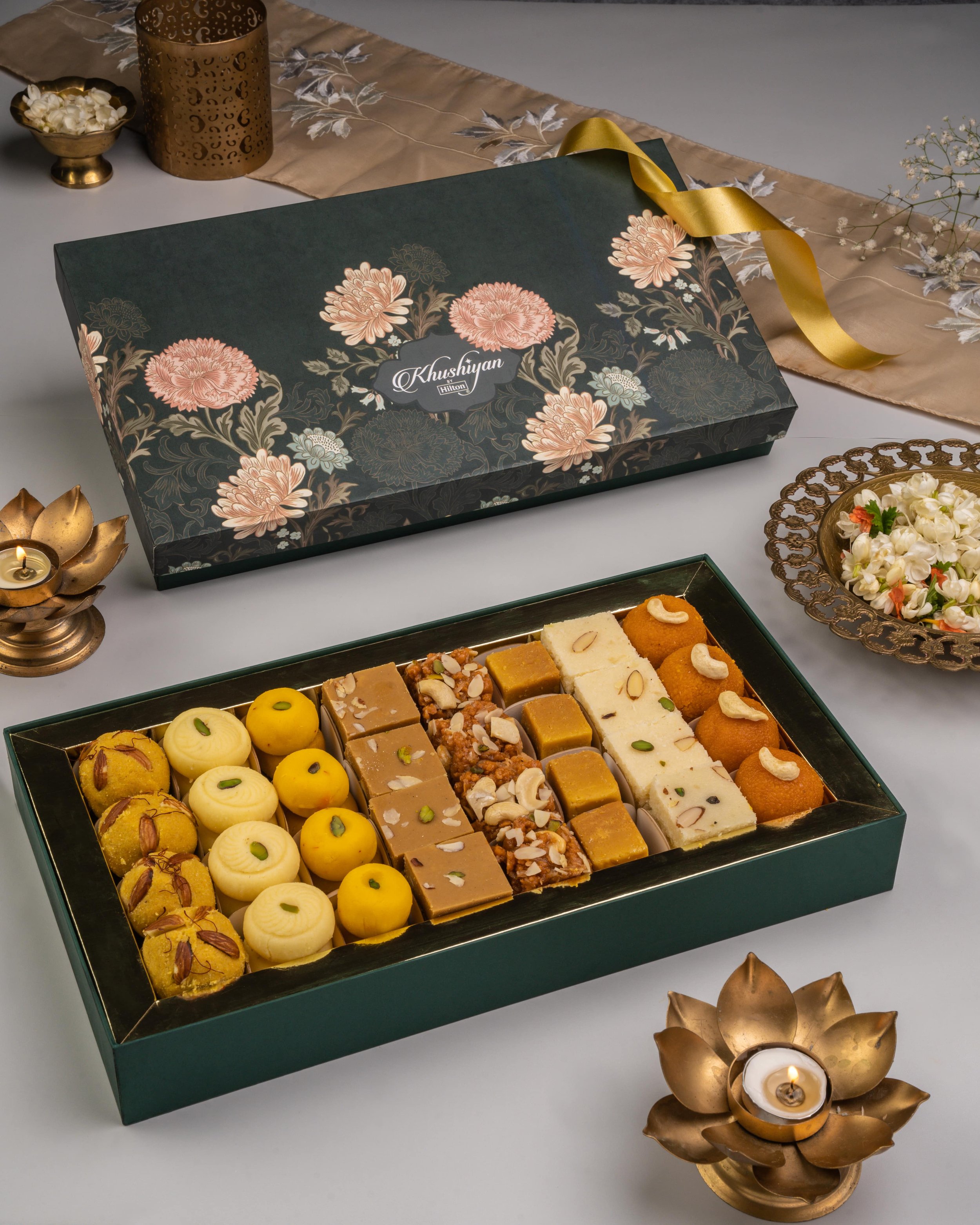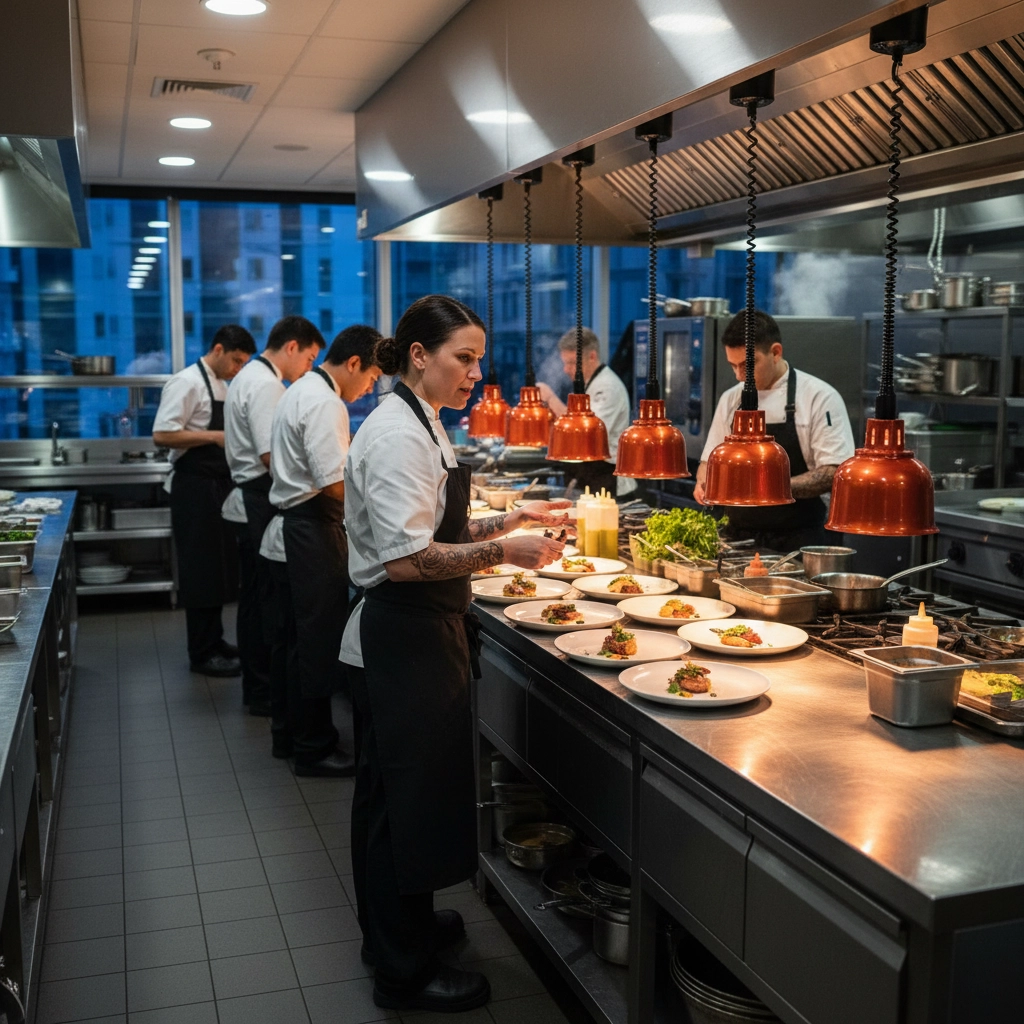
Let's be honest, whether you're running a bustling hotel kitchen or perfecting your knife skills at home, the right tools make all the difference. And when it comes to knives that deliver professional-grade performance without the eye-watering price tag, the Victorinox Swiss Classic Knife Set has earned its reputation as the go-to choice for both seasoned chefs and culinary newcomers alike.
If there's one thing I've learned from talking to countless F&B managers and executive chefs over the years, it's this: you don't need to spend a fortune to get reliable, sharp, and durable knives that can handle everything from prep work to presentation. The Swiss Classic series proves that point beautifully.
The Sweet Spot Between Quality and Value
Here's what caught my attention about this particular knife set, it's that rare find that doesn't force you to choose between quality and affordability. At around $99.99 for the complete 6-piece set, you're getting Swiss-made precision that would typically cost three times as much from other premium brands.
The set includes everything you need to tackle most kitchen tasks: an 8-inch chef's knife (your workhorse), an 8-inch carving knife for those perfect slices, a 3.25-inch paring knife for detailed work, straight and wavy edge knives for bread and delicate items, plus a universal peeler that actually works without frustration. It's like having a complete toolkit that fits every cooking scenario you'll encounter.

Swiss Craftsmanship That Actually Matters
When Victorinox says "Swiss-made," they're not just slapping a fancy label on mass-produced cutlery. Each blade starts as a single sheet of high-carbon stainless steel, then goes through a meticulous process of hardening, tempering, grinding, polishing, and finishing, all done by skilled craftsmen in Switzerland.
What does this mean for you? Blades that hold their edge longer, resist staining, and can be resharpened over and over again thanks to Victorinox's special tempering process. For hospitality professionals dealing with high-volume prep work, this translates to less downtime for sharpening and more consistent results plate after plate.
The lifetime warranty against defects isn't just marketing speak, it's Victorinox backing up their confidence in what they've created. In an industry where equipment takes a beating, having that kind of guarantee means something.
Ergonomics That Your Hands Will Thank You For
Anyone who's spent hours in a kitchen knows the difference ergonomic handles make. The Swiss Classic series features the same Fibrox handle inspiration used in Victorinox's professional line, the ones preferred by chefs worldwide, but adapted for both commercial and home use.
These contoured nylon handles are surprisingly lightweight yet incredibly durable. More importantly, they're designed to minimize wrist tension during those marathon prep sessions. The slip-resistant grip means fewer accidents, and the NSF-approved design with minimal crevices makes them easy to sanitize, crucial for maintaining food safety standards in any professional setting.

For F&B managers training new kitchen staff, these knives are forgiving enough for beginners while still delivering the precision experienced cooks expect. It's that perfect middle ground where learning happens without compromising results.
Versatility That Covers All Your Bases
The beauty of this knife set lies in its comprehensive coverage of kitchen tasks. That 8-inch chef's knife? It's your everything tool, from breaking down proteins to julienning vegetables, from crushing garlic to transferring ingredients to the pan. The blade geometry is spot-on for both rocking and chopping techniques.
The carving knife ensures those uniform slices that make all the difference in presentation, whether you're portioning roasts for banquet service or creating that perfect charcuterie board for guests. And that paring knife handles all the detail work, deveining shrimp, hulling strawberries, creating garnishes that add that final touch of elegance.
What really impressed me is how the straight and wavy edge knives complement each other. The straight blade tackles crusty artisan breads without crushing the crumb, while the wavy edge glides through delicate tomatoes and soft fruits without the mess. For breakfast service or sandwich stations, this combination is pure efficiency.
Low Maintenance, High Performance
Here's where the Swiss Classic really shines for busy kitchens, these knives are fully dishwasher safe. Yes, you read that right. While knife purists might cringe, the reality is that commercial kitchens need equipment that can handle high-volume washing cycles without losing performance.
This doesn't mean you should throw knife care out the window, but it does mean you have options when time is tight. Hand washing is still ideal, but knowing you can run these through the dishwasher during peak service without damaging them is incredibly practical.

Perfect for Professional Development
For hospitality professionals at any stage of their career, these knives offer something valuable: a platform for skill development without the stress of potentially damaging expensive equipment. New line cooks can practice their knife cuts without worrying about ruining a $300 blade, while experienced chefs appreciate the consistent performance during service.
The balance and weight distribution make proper knife technique easier to learn and maintain. I've seen too many promising culinary students struggle with poorly designed knives that fight against good form. The Swiss Classic series actually helps develop proper technique rather than hindering it.
Applications Across Hospitality Operations
Whether you're outfitting a new hotel kitchen, upgrading your restaurant's knife inventory, or setting up a catering operation, this knife set adapts to various operational needs:
Executive Chef Kitchens: Reliable backup knives for high-volume service
Catering Operations: Lightweight, efficient tools for off-site events
Training Kitchens: Forgiving yet professional knives for culinary education
Banquet Prep: Consistent performance for large-scale food preparation
Room Service: Compact, versatile tools for limited-space kitchens
The Real-World Test
I've spoken with several executive chefs who keep Swiss Classic knives as their "workhorse" blades: the ones they reach for when they need reliable performance without babying expensive cutlery. One F&B director at a busy resort told me these knives handle everything from morning breakfast prep to late-night room service orders without missing a beat.

The key is setting realistic expectations. These aren't heirloom pieces you'll pass down to your grandchildren, but they're solid, dependable tools that will serve you well for years. They're the reliable friend in your knife roll: always ready, never temperamental, and consistently delivering good results.
Making the Upgrade Decision
If you're currently working with dull, poorly designed, or mismatched knives, the improvement will be immediate and noticeable. The Swiss Classic set provides that cohesive kitchen experience where each tool complements the others, creating a workflow that just makes sense.
For those upgrading from basic home knives to something more professional, this set bridges that gap perfectly. You'll get a taste of what quality cutlery can do without the intimidation factor of ultra-premium brands.
The Victorinox Swiss Classic Knife Set represents that sweet spot where Swiss precision meets practical accessibility. Whether you're running a kitchen brigade or perfecting your culinary skills at home, these knives deliver the performance and reliability that turn cooking from a chore into a craft.
In a world where kitchen equipment often forces you to choose between quality and budget, the Swiss Classic series proves you can have both: and that's exactly why it should be your next kitchen upgrade.


